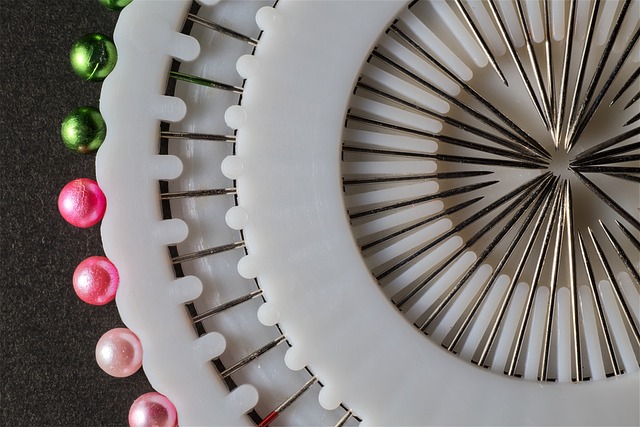
Pitch Detection
Understanding Pitch Detection
Pitch detection is one of those magical processes that transforms the sounds we hear into something our computers can understand. Think of it as the translator at a concert, but instead of translating languages, it’s translating sound waves into musical notes. 🎶
So how does this work? Well, your microphone picks up sound—be it your melodious singing or your cat’s questionable attempt at howling—and converts it into an electrical signal. This signal is then analyzed by software that deciphers the frequency of the sound, displaying it alongside the corresponding musical note. It’s like having a personal assistant who knows exactly what note you’re trying to hit, even if you’re off-key.
The Science Behind It
At its core, pitch can be thought of as the position of a sound within the vast range of possible sounds. Imagine a spectrum where one end is high-pitched sounds, like a dog whistle, and the other end is low-pitched sounds, akin to a boat horn. High pitches have high frequencies, while low pitches have low frequencies. This is where the real fun begins!
Now, while pitch detection tools are quite handy, they aren't without their quirks. Sometimes they get a bit confused, leading to what’s known as “octave errors.” This is when the tool mistakenly identifies a sound as being higher or lower than it actually is. It’s kind of like when your friend insists they can totally sing like Adele but ends up sounding more like a cat stuck in a blender. 😅
Applications of Pitch Detection
Pitch detection isn’t just for wannabe pop stars. It has a variety of applications across different fields:
- Music Production: Producers use pitch detection to correct vocals and instruments, ensuring everything is in harmony.
- Education: Music teachers can use pitch detection tools to help students learn proper intonation and pitch matching.
- Speech Recognition: Some speech recognition systems utilize pitch detection to better understand spoken language.
- Sound Analysis: Researchers can analyze environmental sounds, studying everything from bird calls to traffic noise.
As you can see, pitch detection is a versatile tool that extends beyond just music. It’s like the Swiss Army knife of sound analysis!
Challenges in Pitch Detection
While pitch detection technology has come a long way, it still faces challenges, especially in noisy environments. Imagine trying to hear your favorite song at a rock concert while someone is yelling right next to you. The software can struggle to identify the correct pitch amidst the chaos. This is why it’s essential to use high-quality microphones and software to minimize background noise.
Conclusion
In conclusion, pitch detection is an impressive technology that helps us understand and manipulate sound in ways we never thought possible. Whether you’re a musician, teacher, or just someone who enjoys belting out tunes in the shower, this technology plays a crucial role in our audio experiences. So next time you hit a high note (or a low one), remember that there’s a whole world of science working behind the scenes to make sense of your sound!
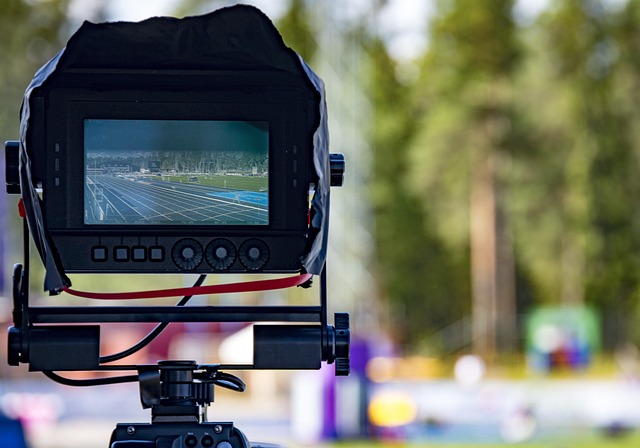





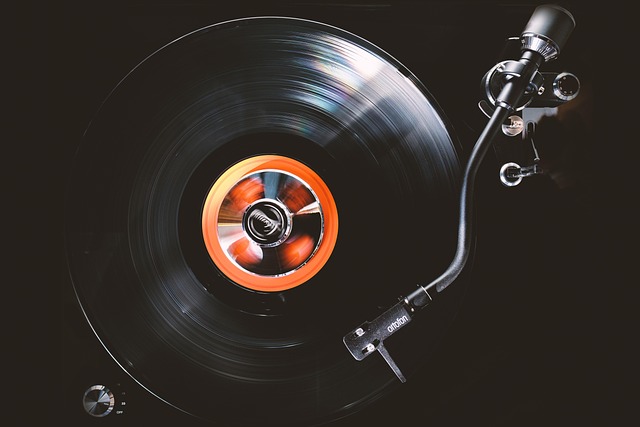
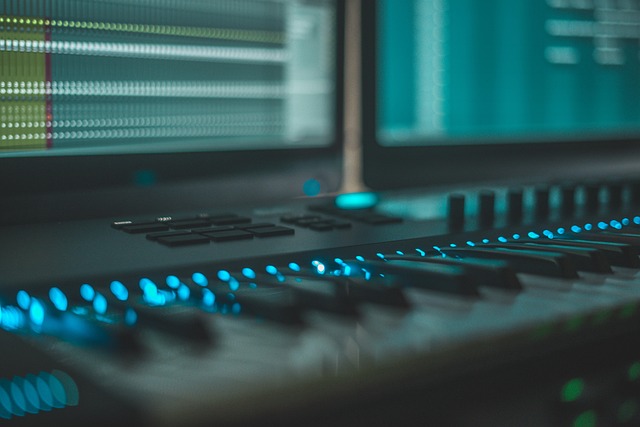





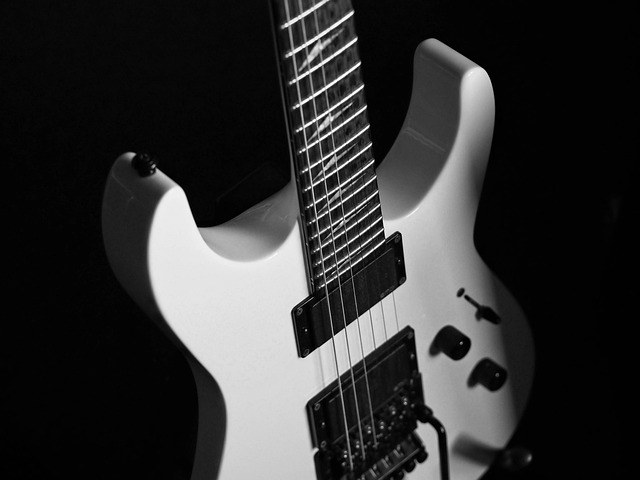


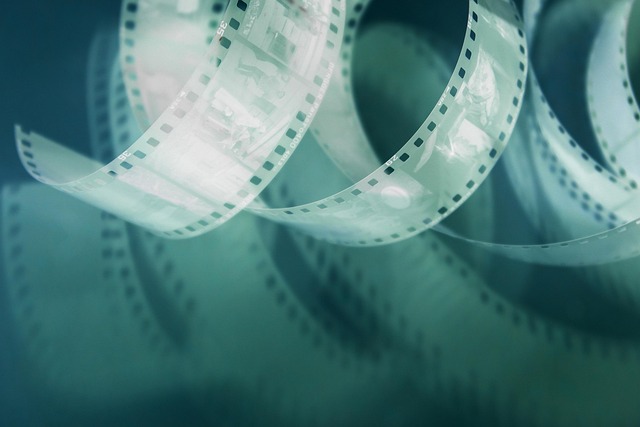
 Casse-tête Chinois
Casse-tête Chinois 
 Health
Health  Fitness
Fitness  Lifestyle
Lifestyle  Tech
Tech  Travel
Travel  Food
Food  Education
Education  Parenting
Parenting  Career & Work
Career & Work  Hobbies
Hobbies  Wellness
Wellness  Beauty
Beauty  Cars
Cars  Art
Art  Science
Science  Culture
Culture  Books
Books  Music
Music  Movies
Movies  Gaming
Gaming  Sports
Sports  Nature
Nature  Home & Garden
Home & Garden  Business & Finance
Business & Finance  Relationships
Relationships  Pets
Pets  Shopping
Shopping  Mindset & Inspiration
Mindset & Inspiration  Environment
Environment  Gadgets
Gadgets  Politics
Politics 